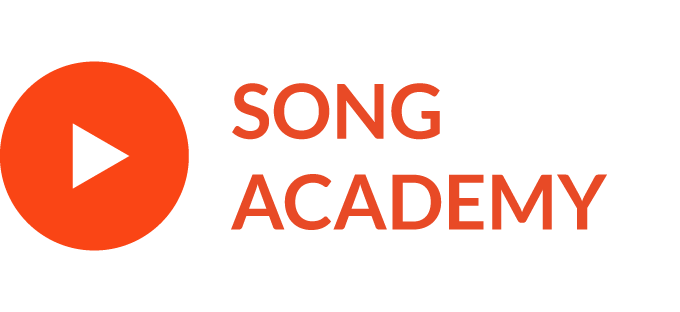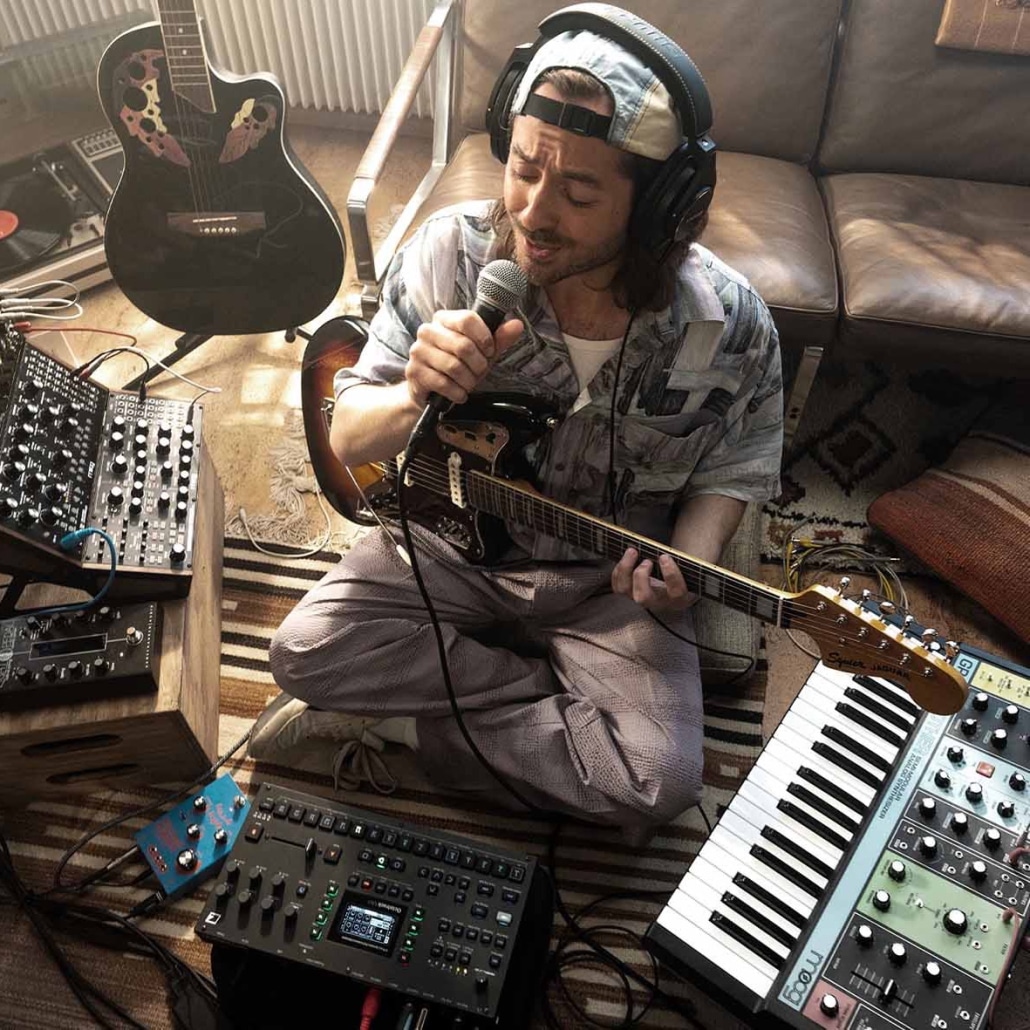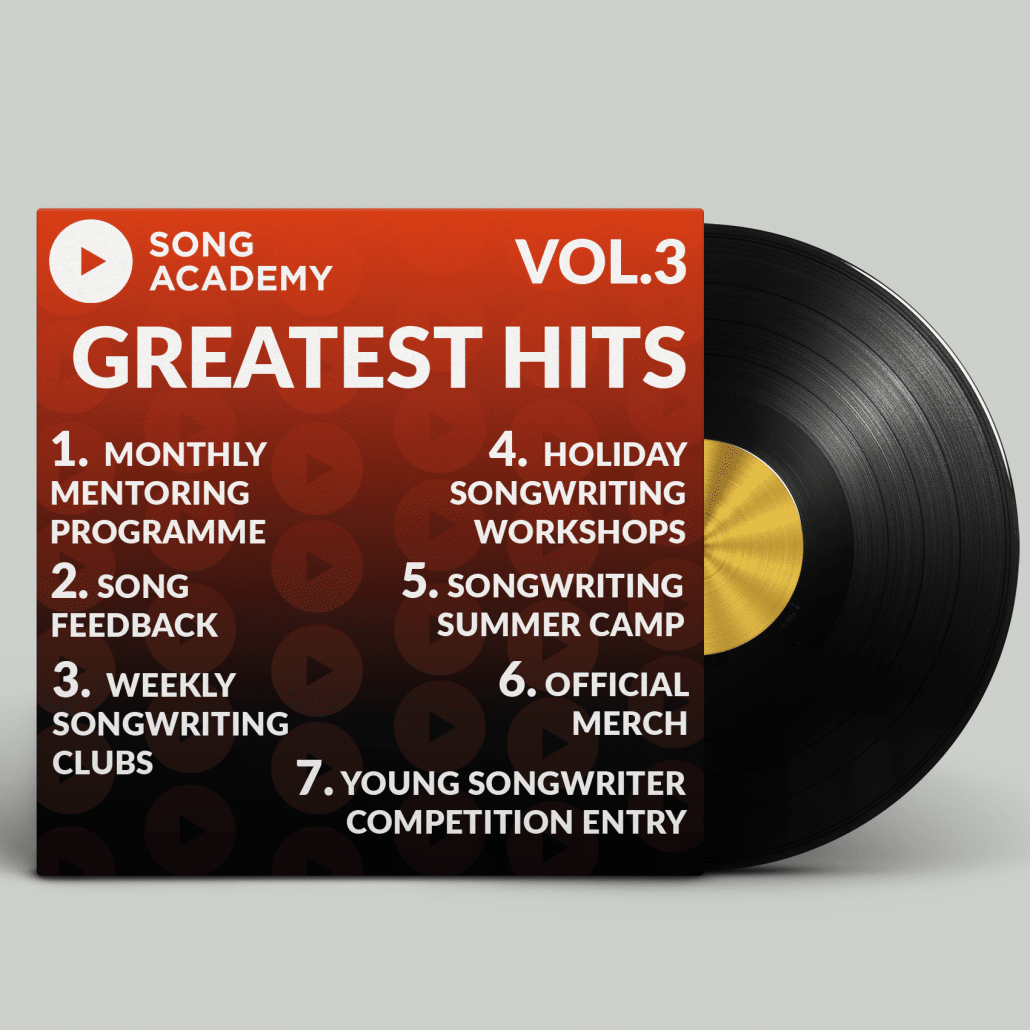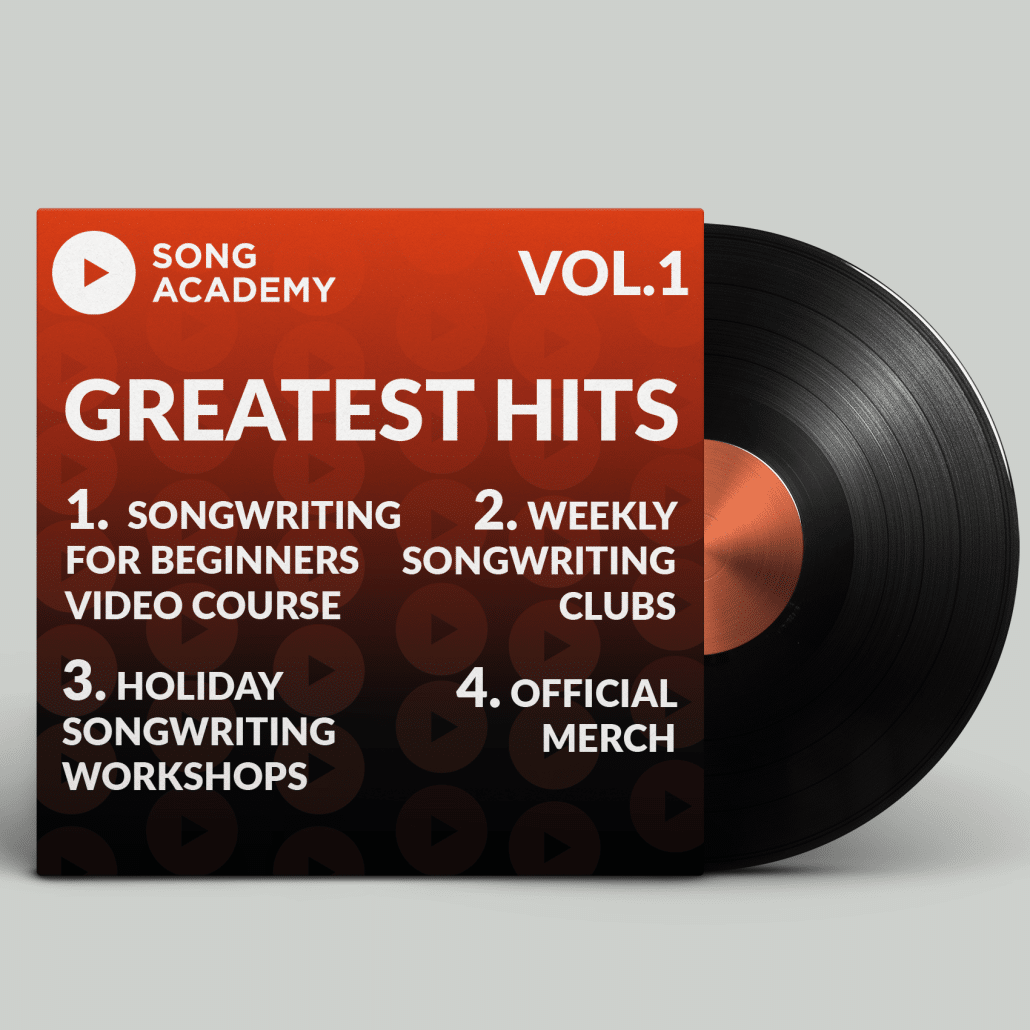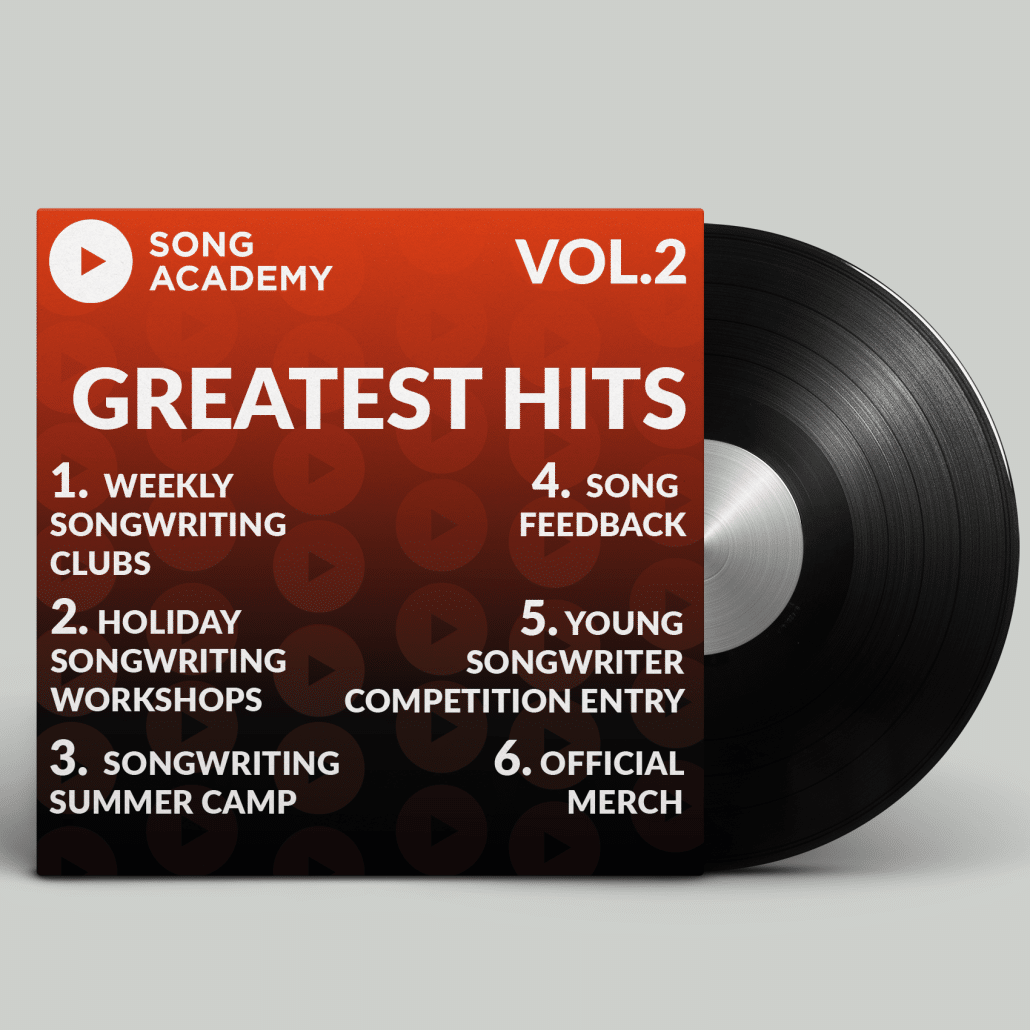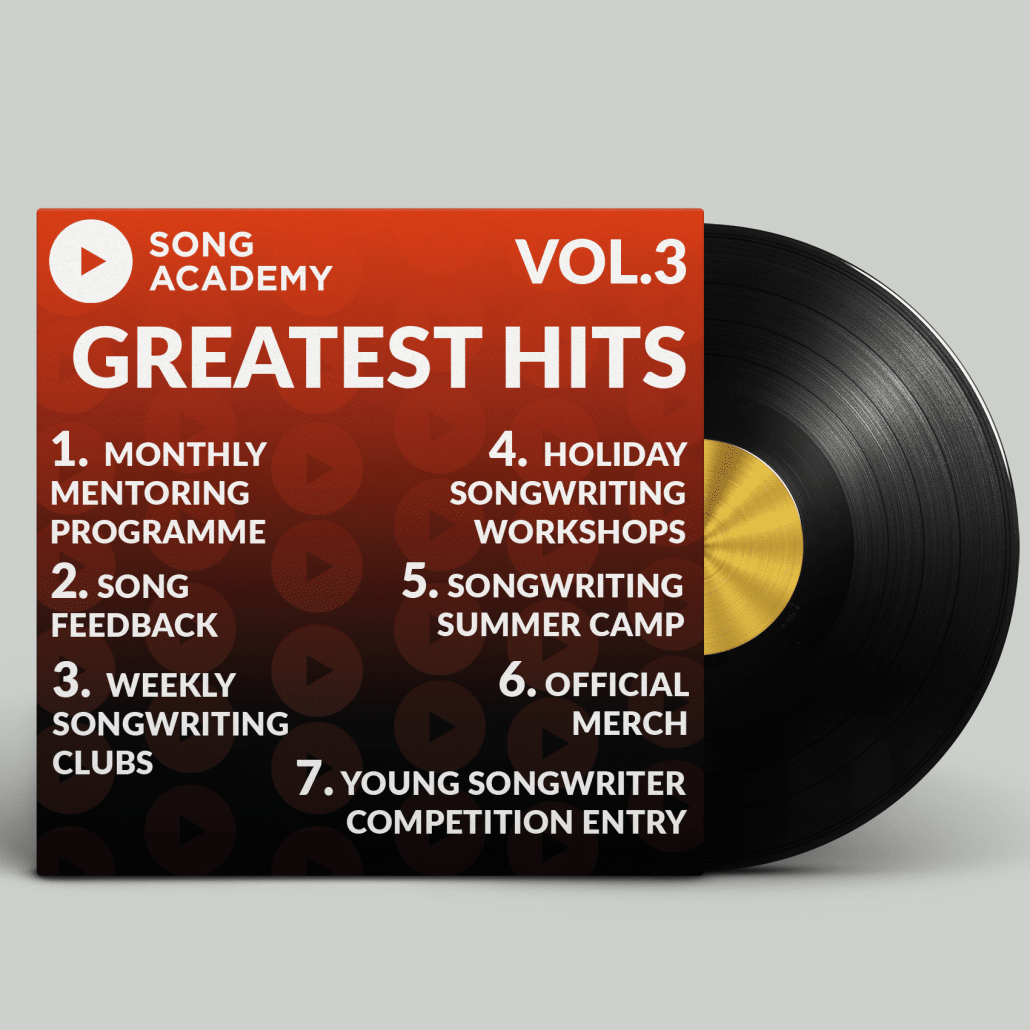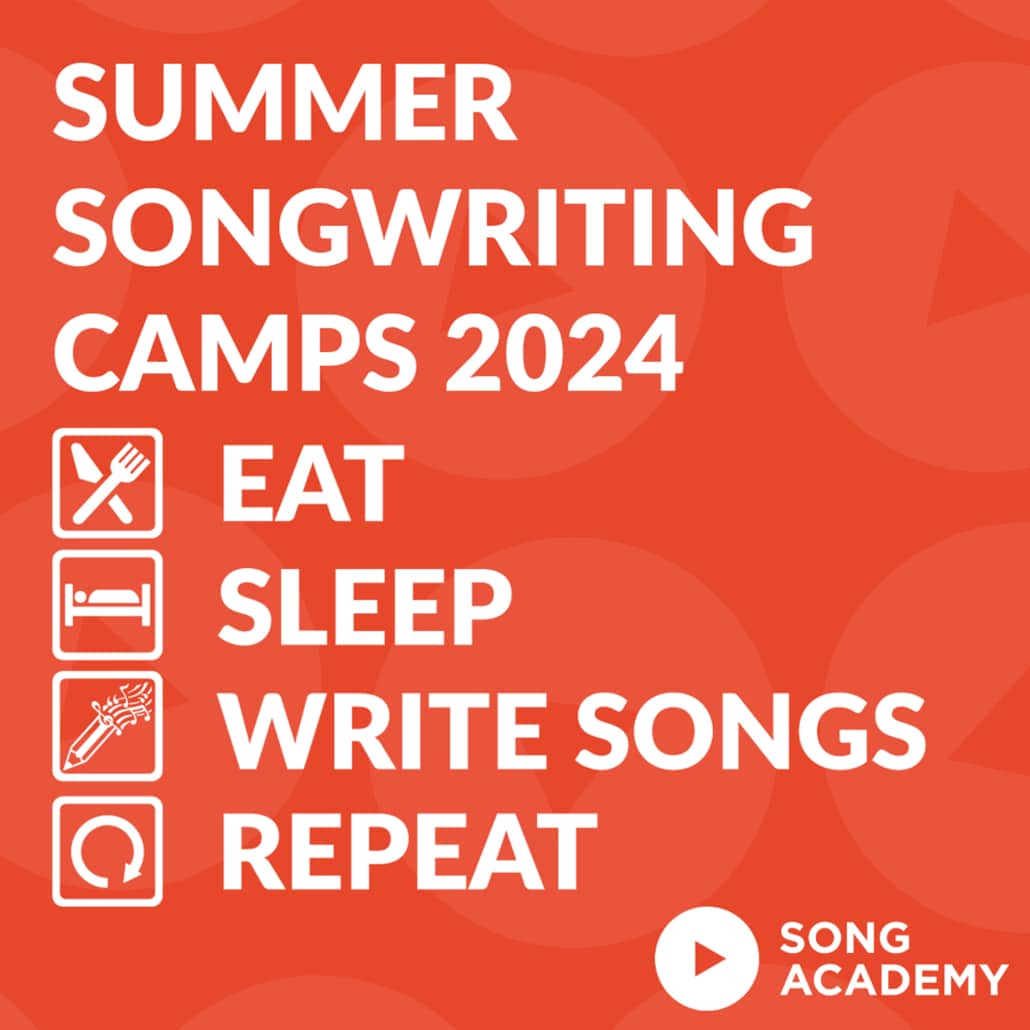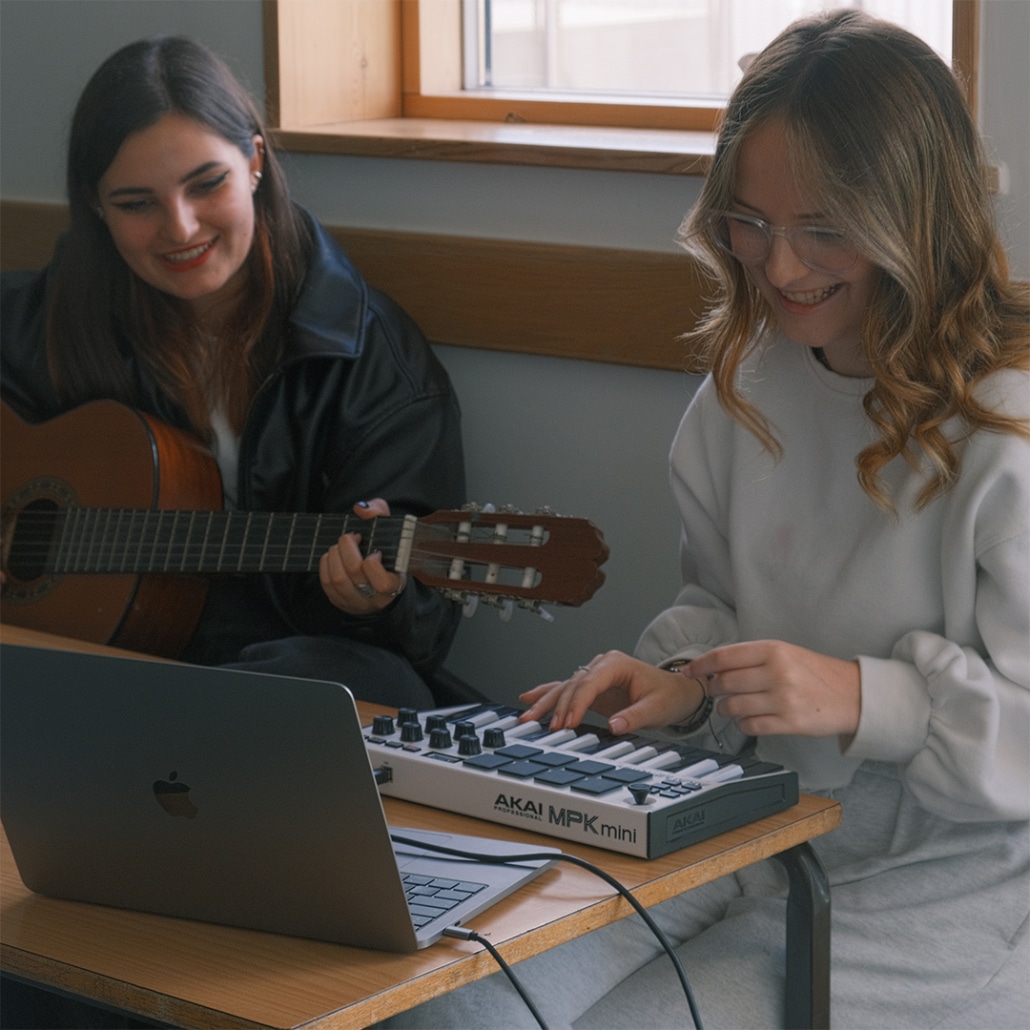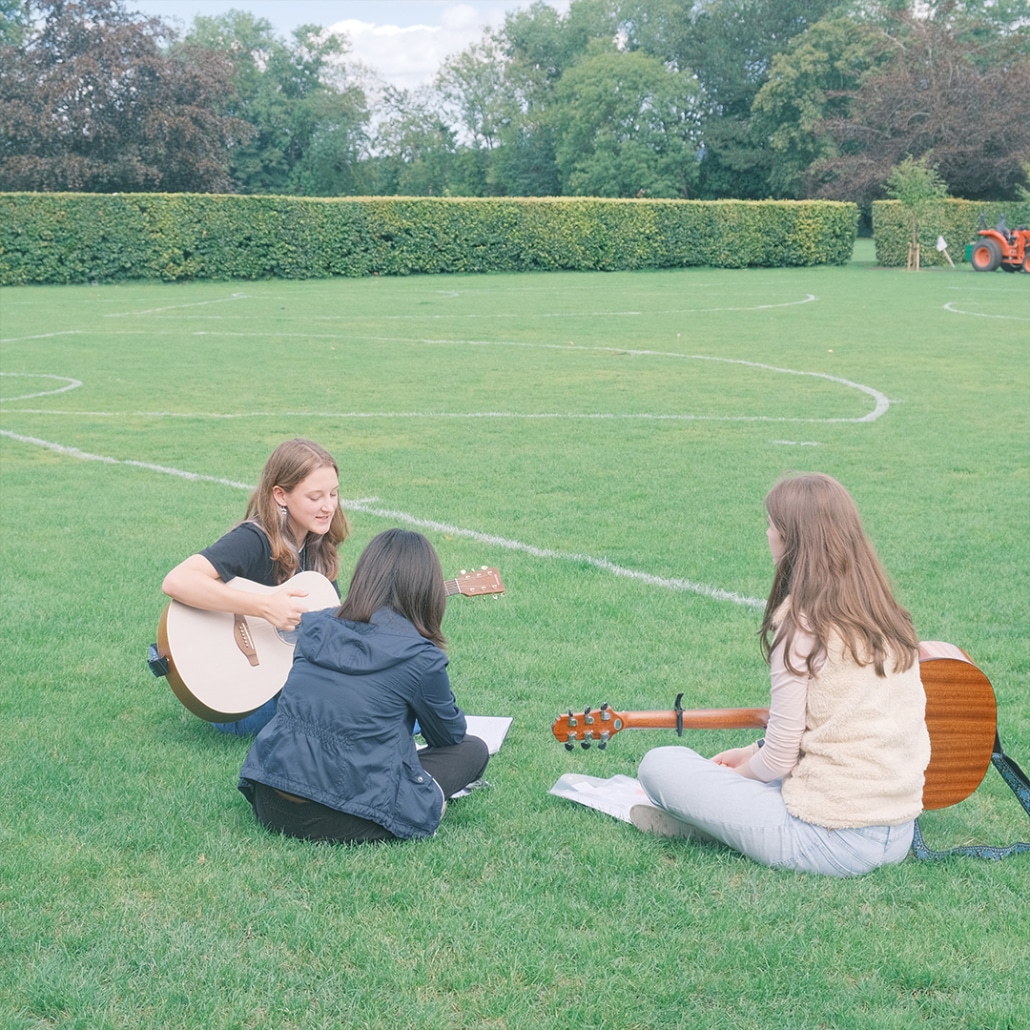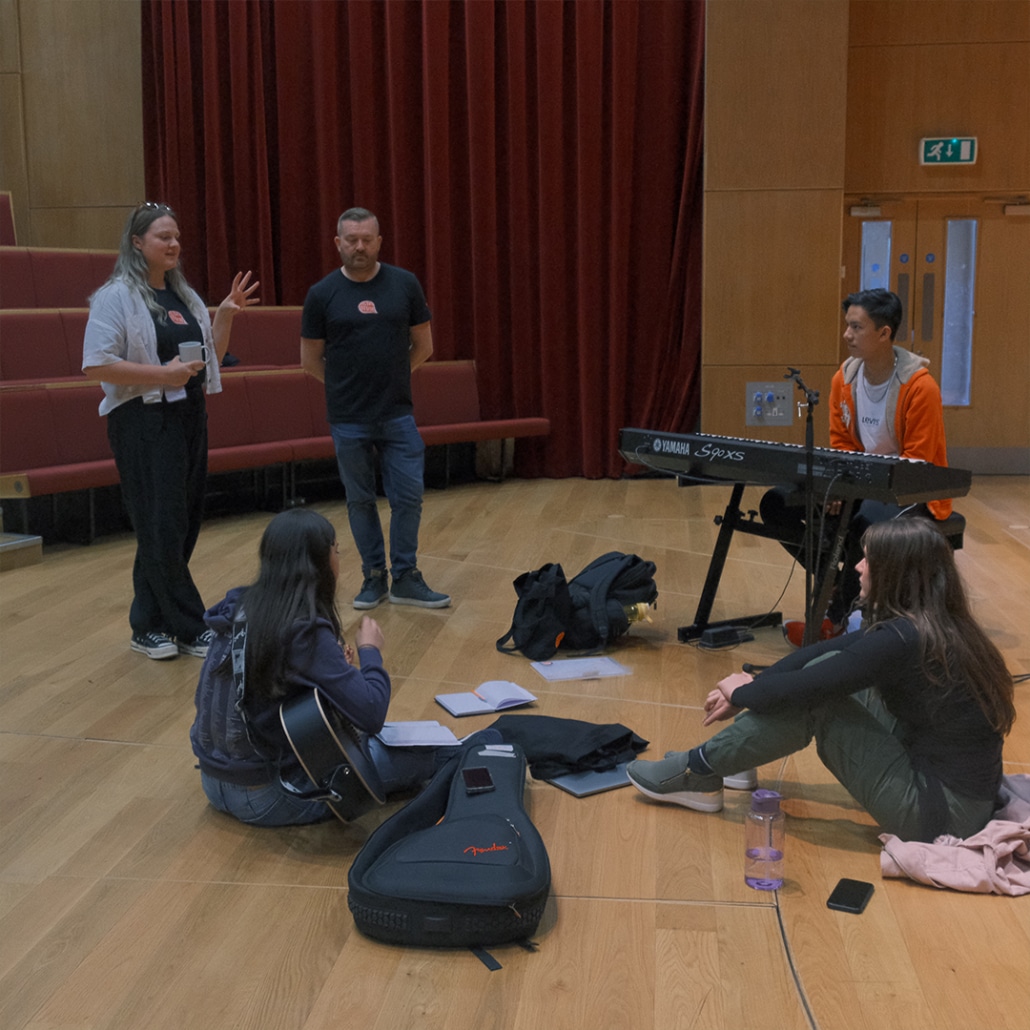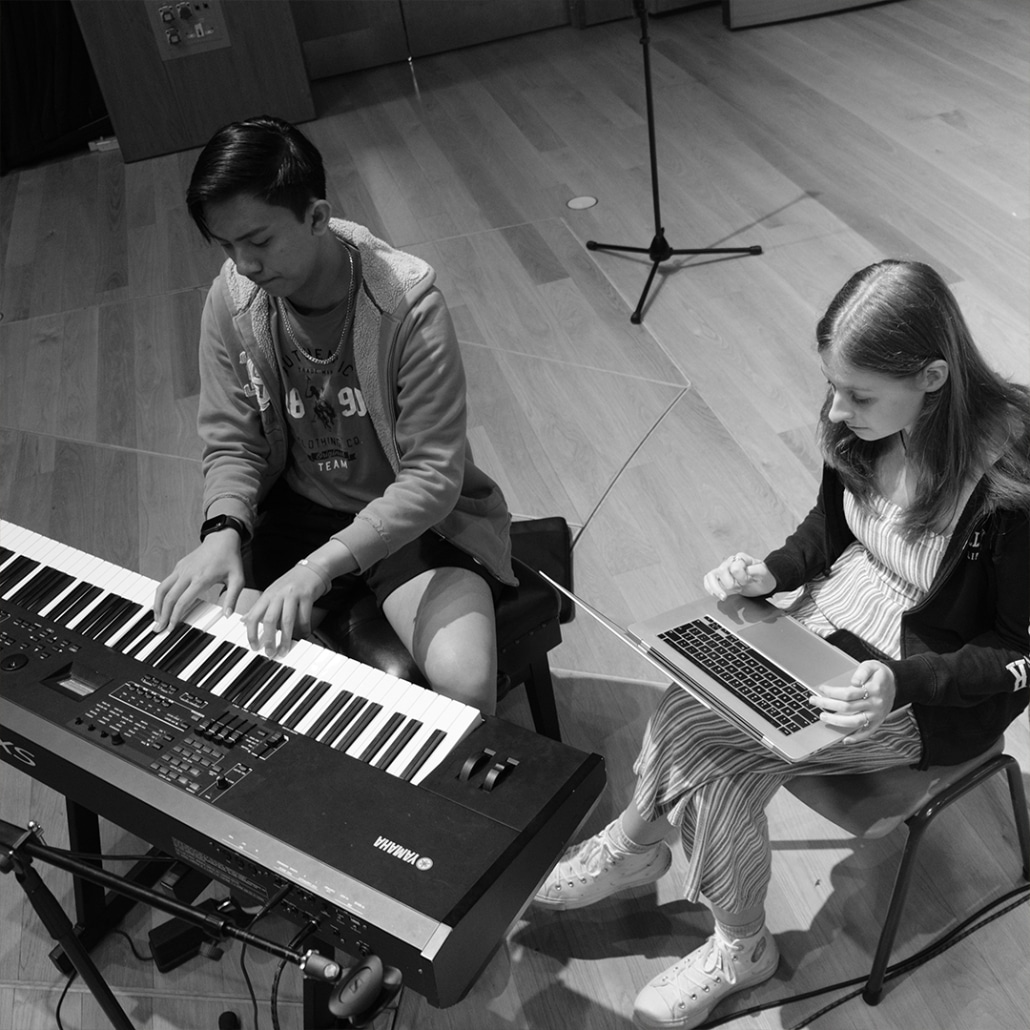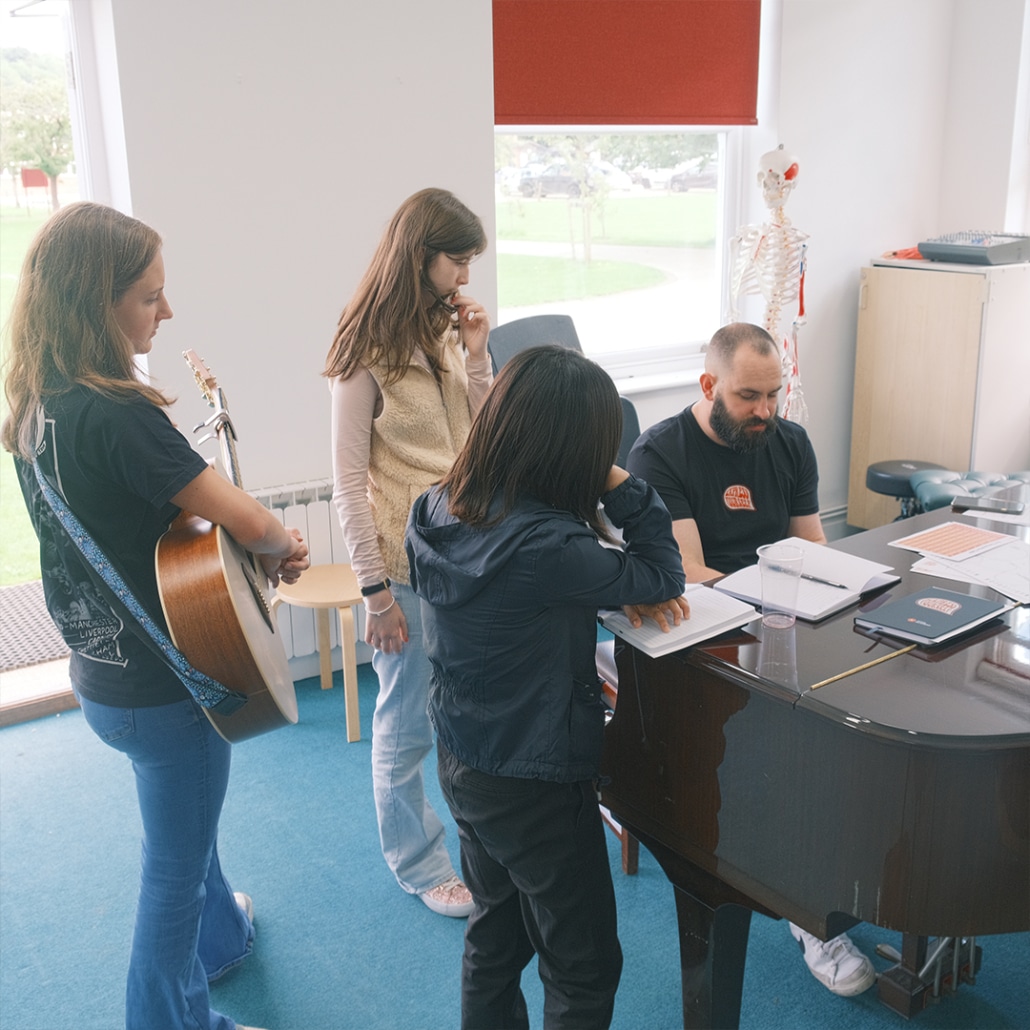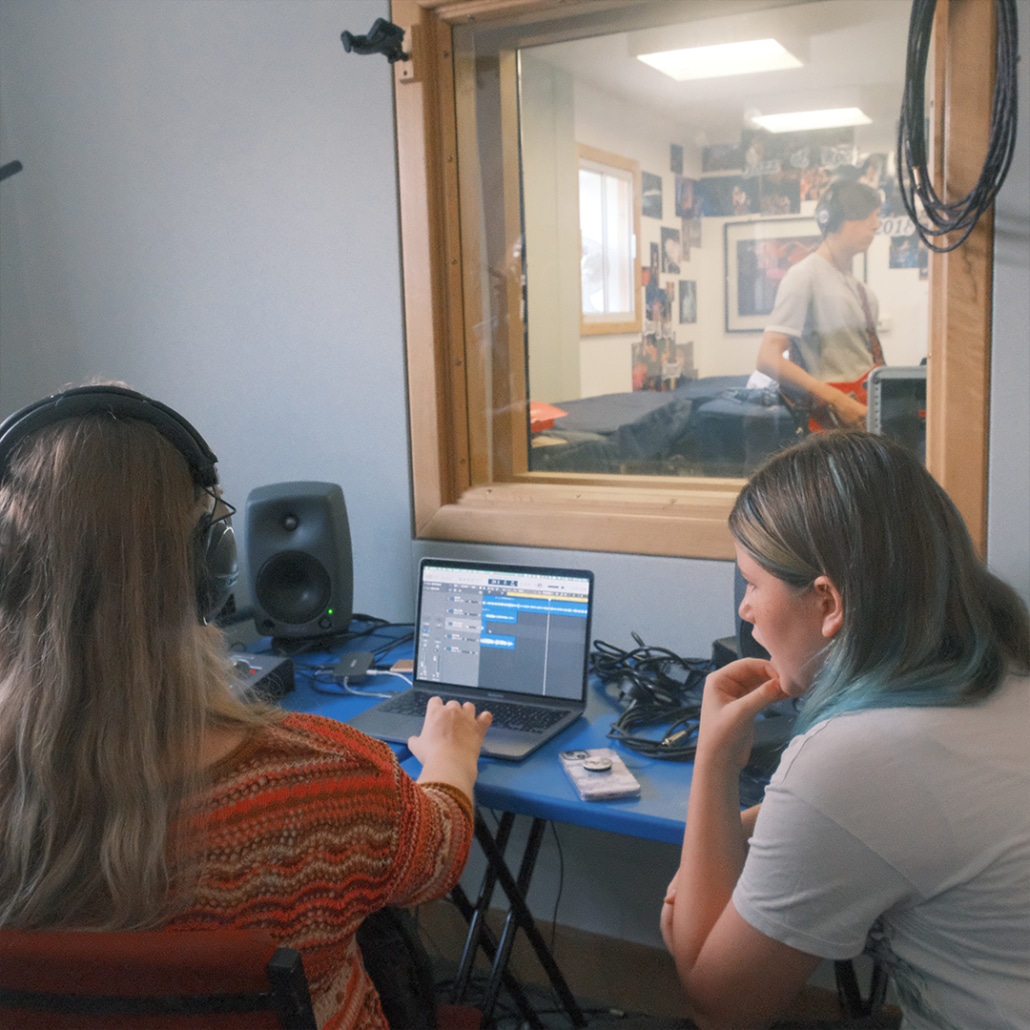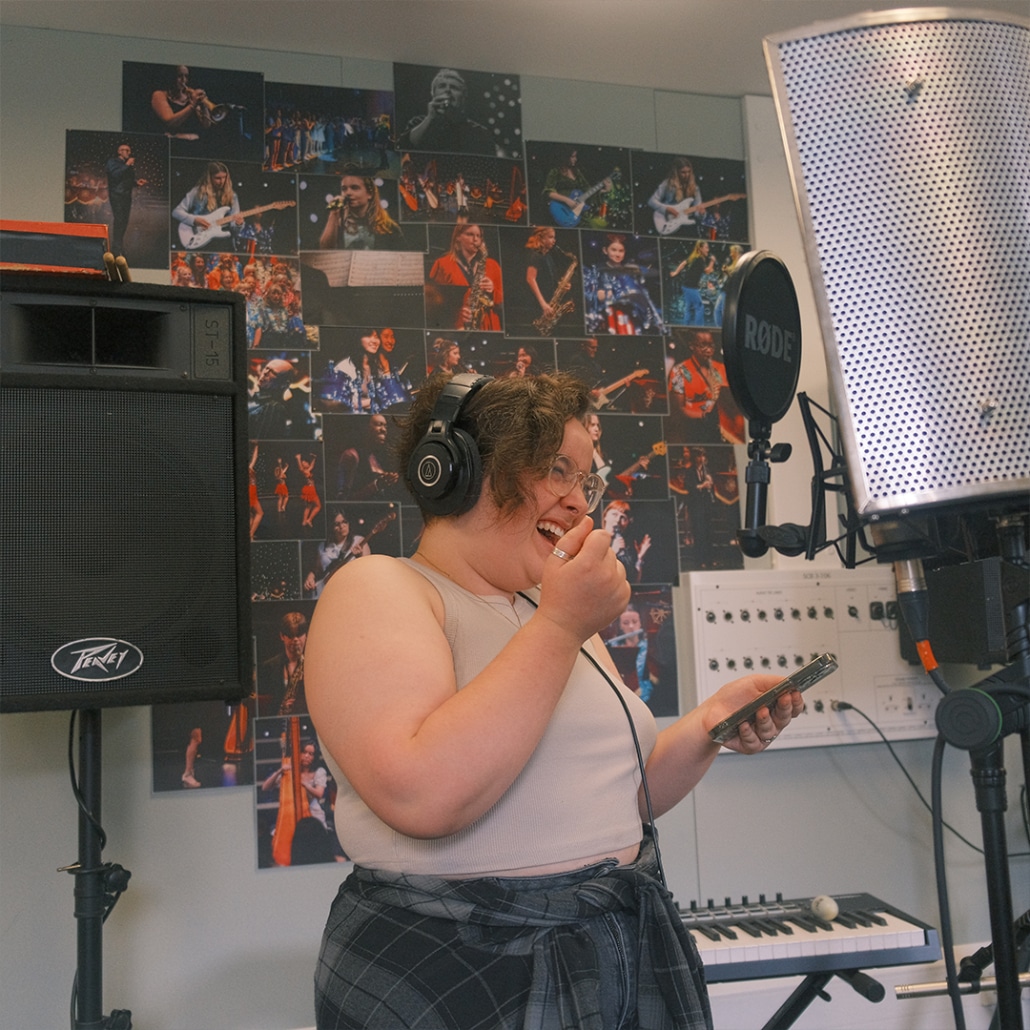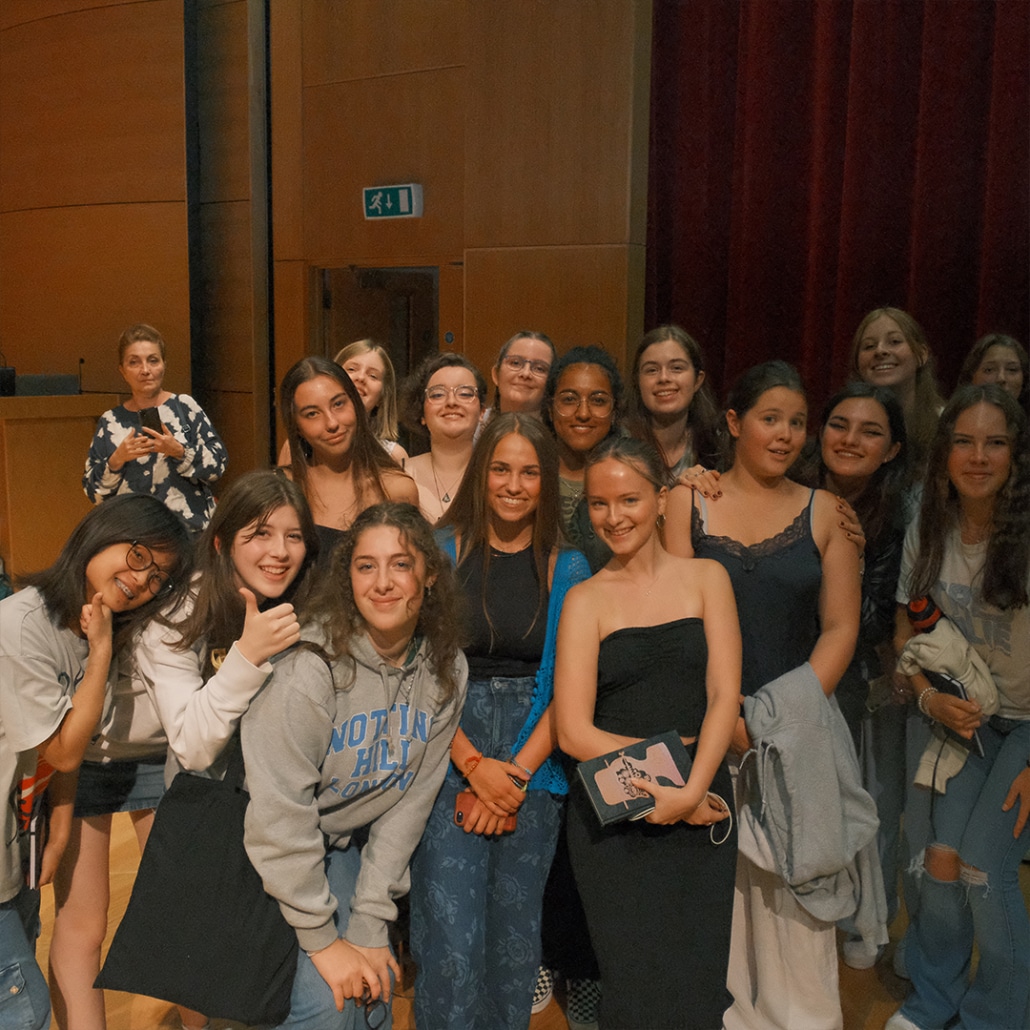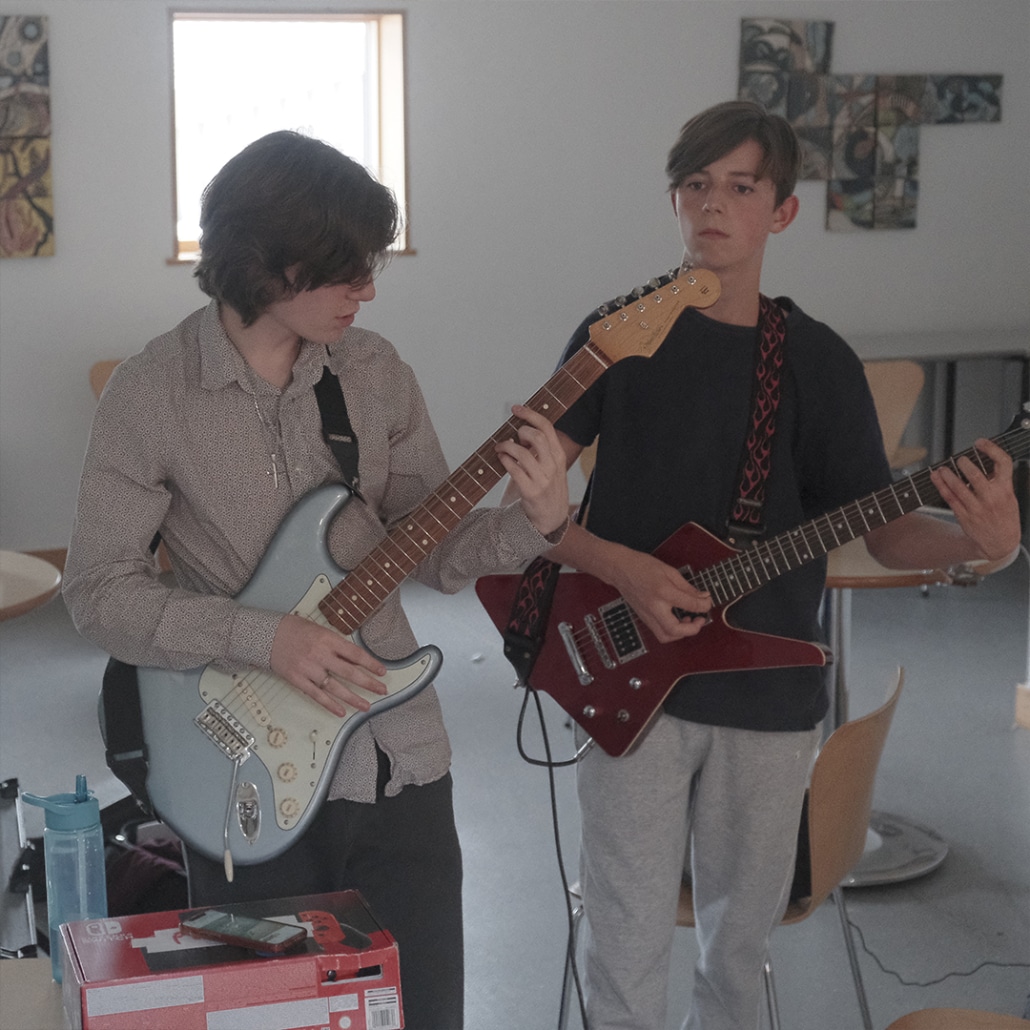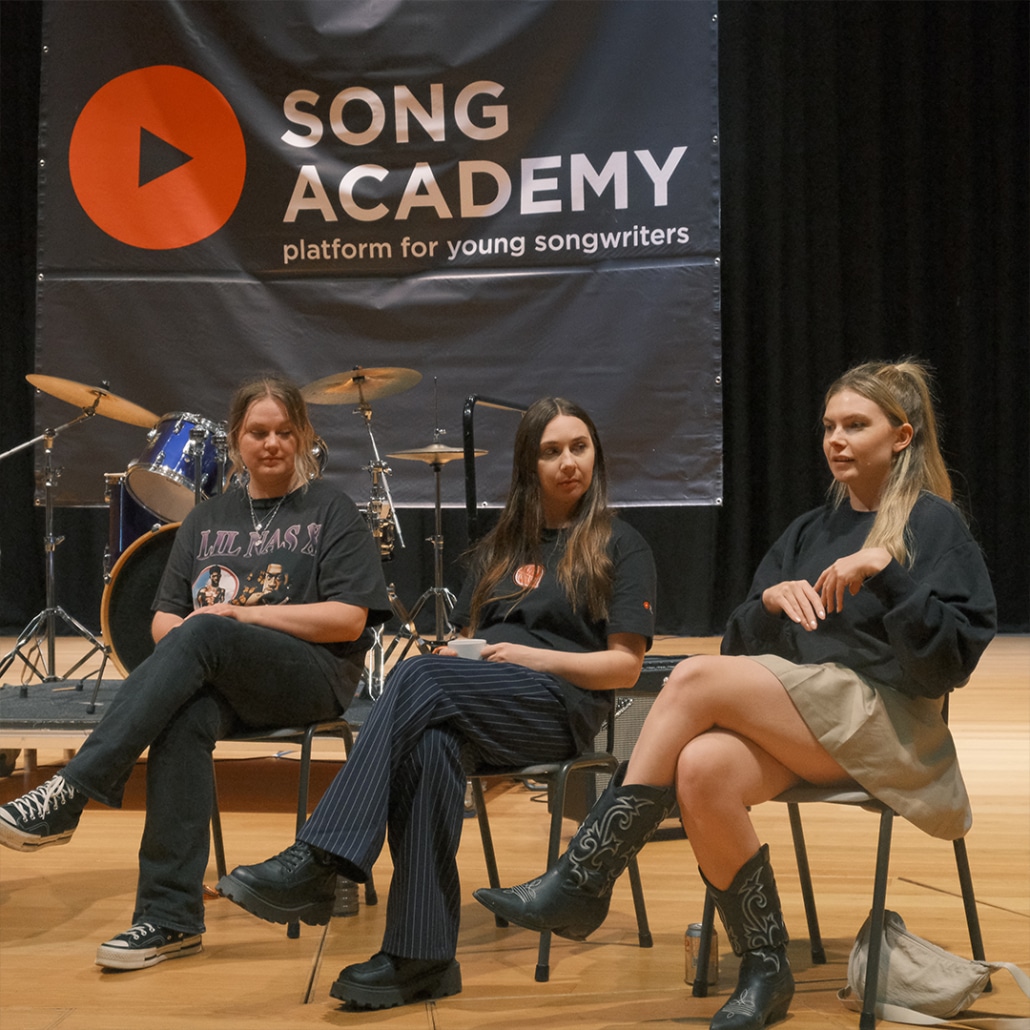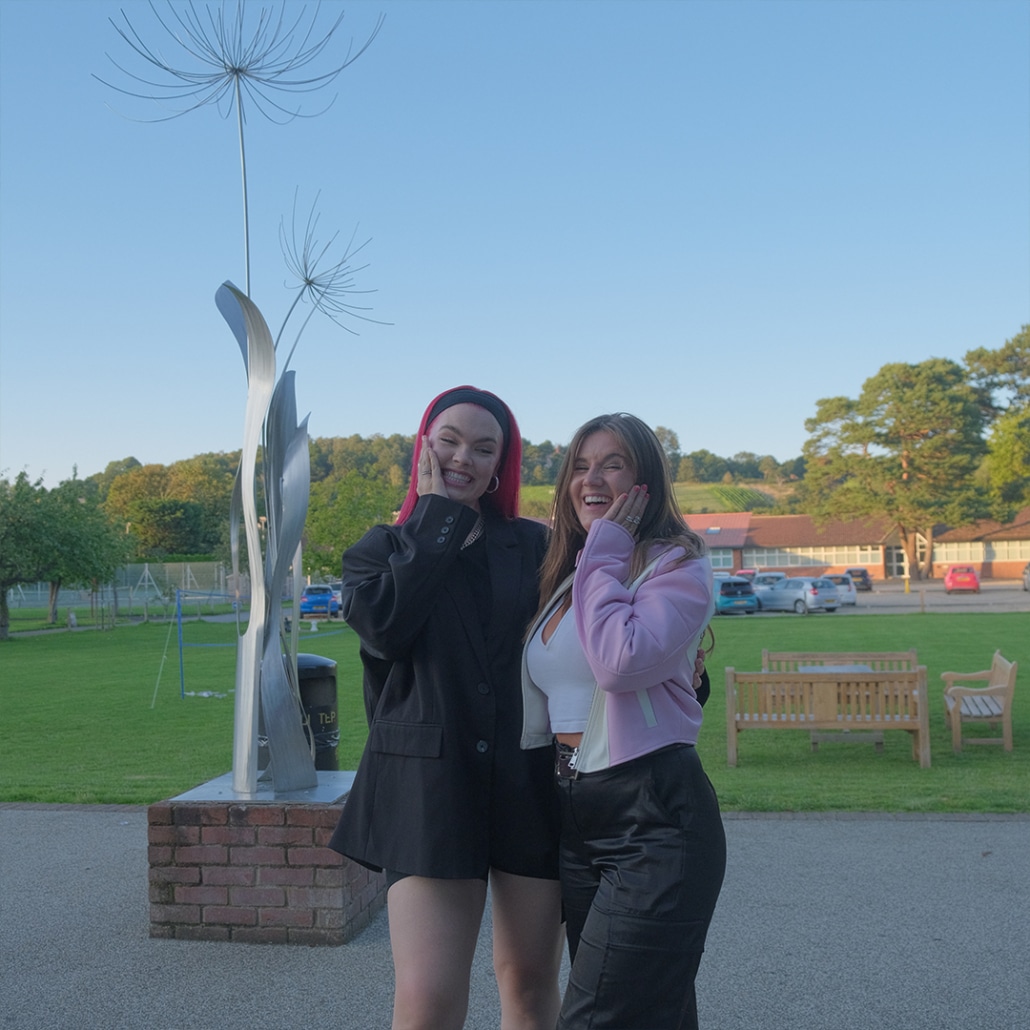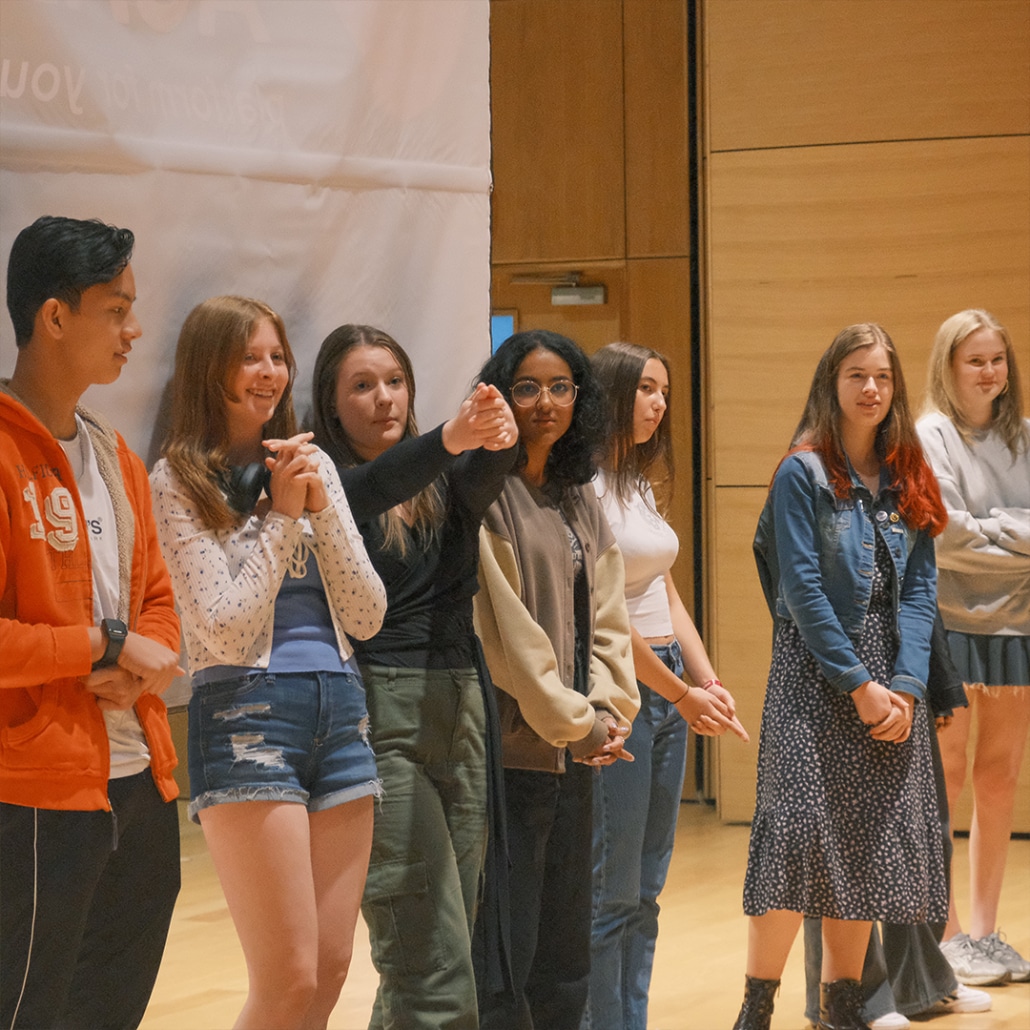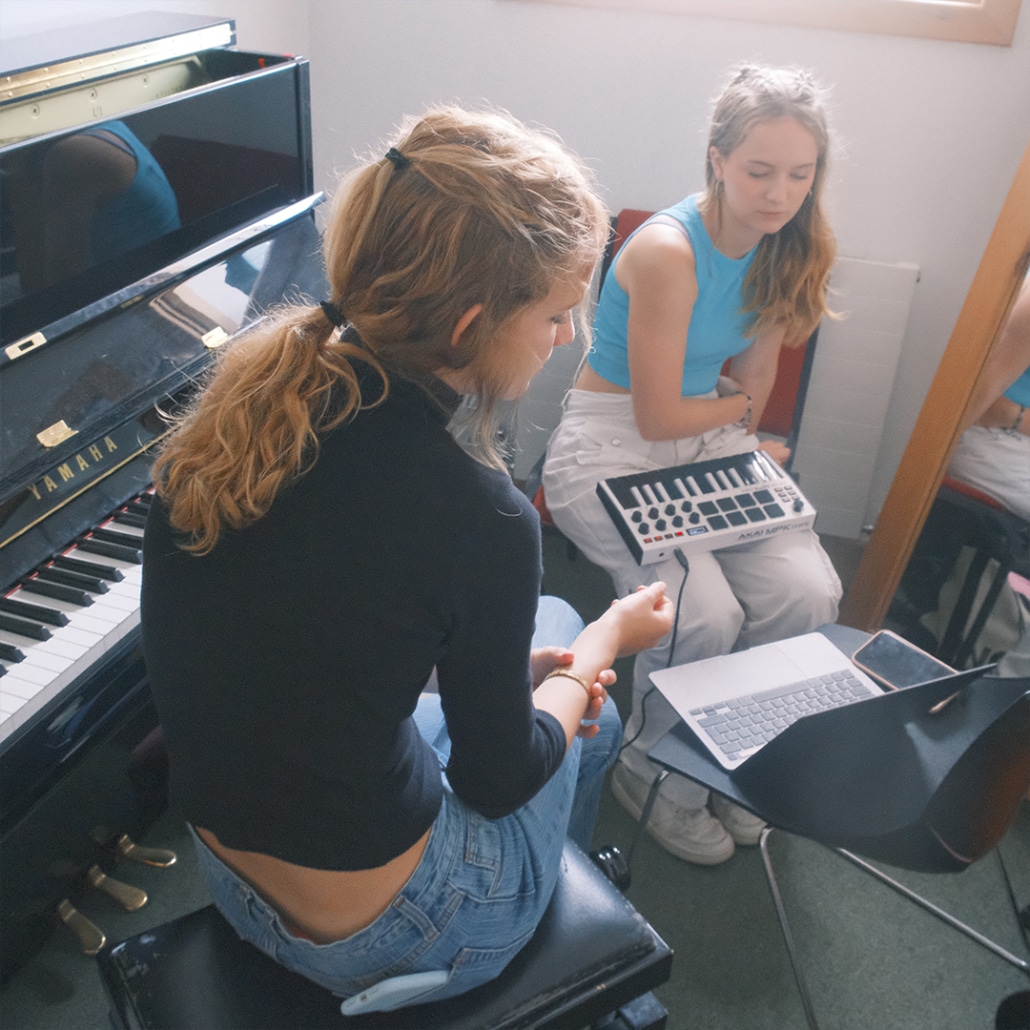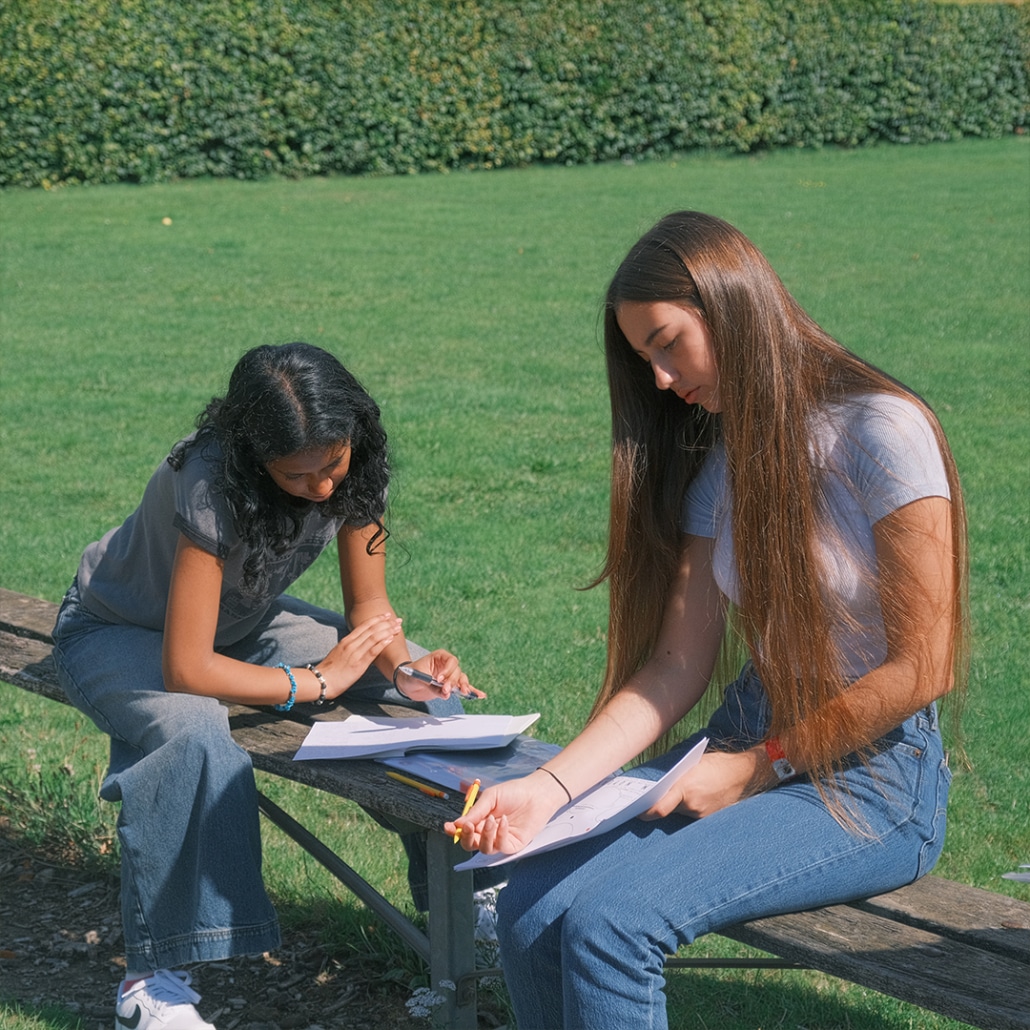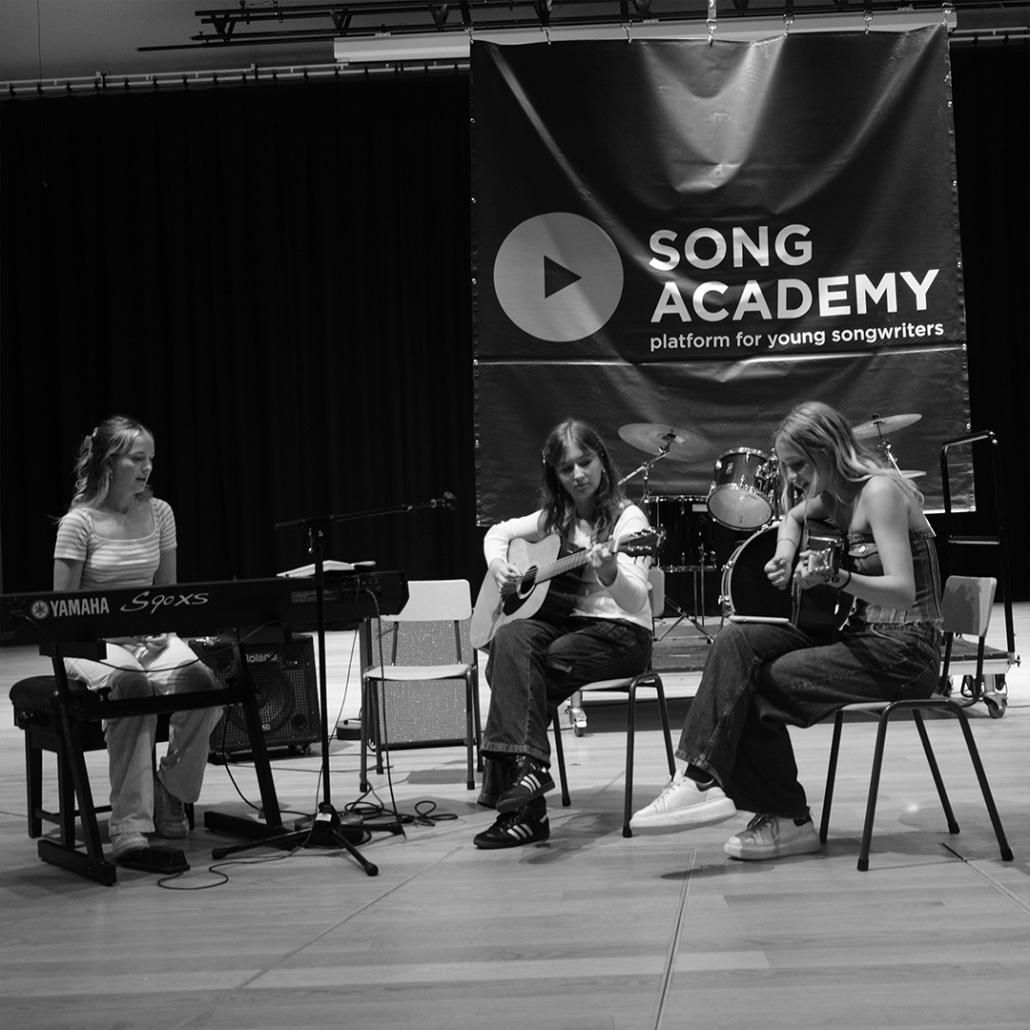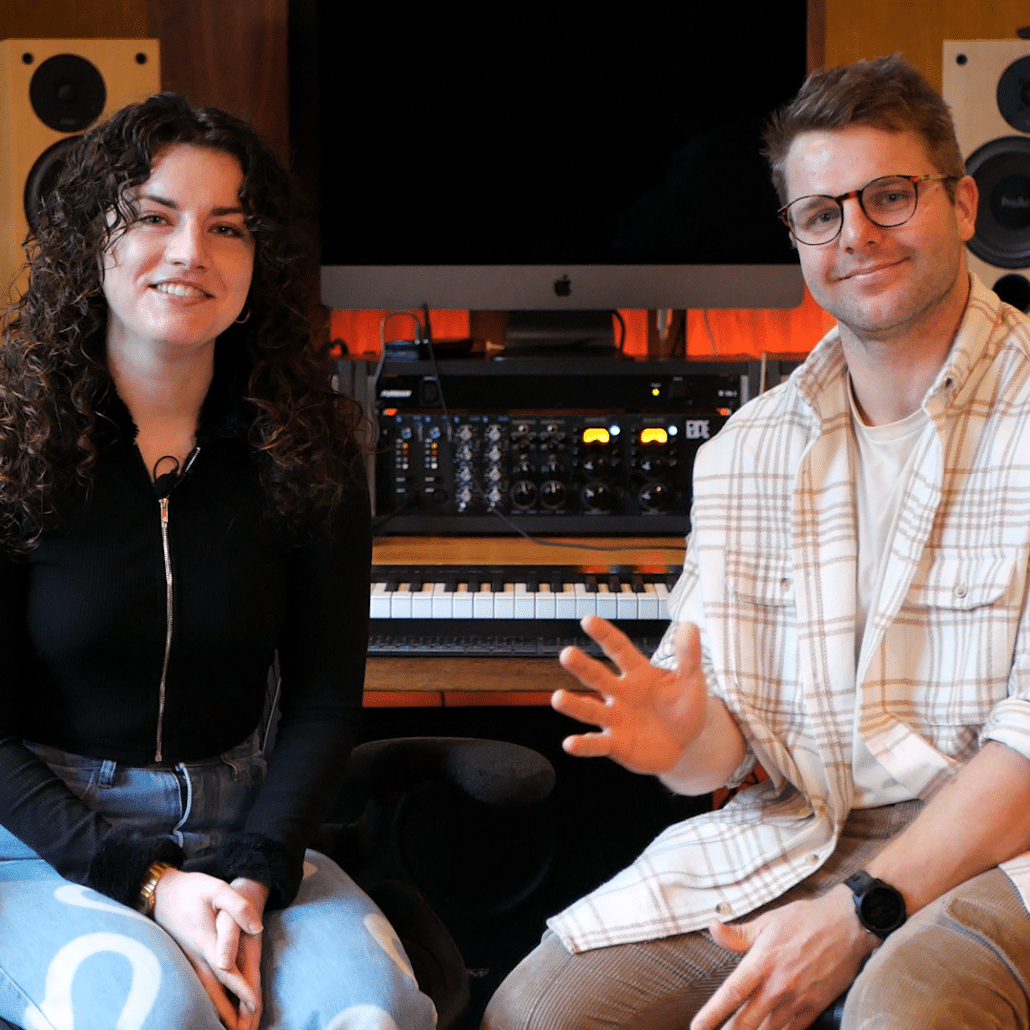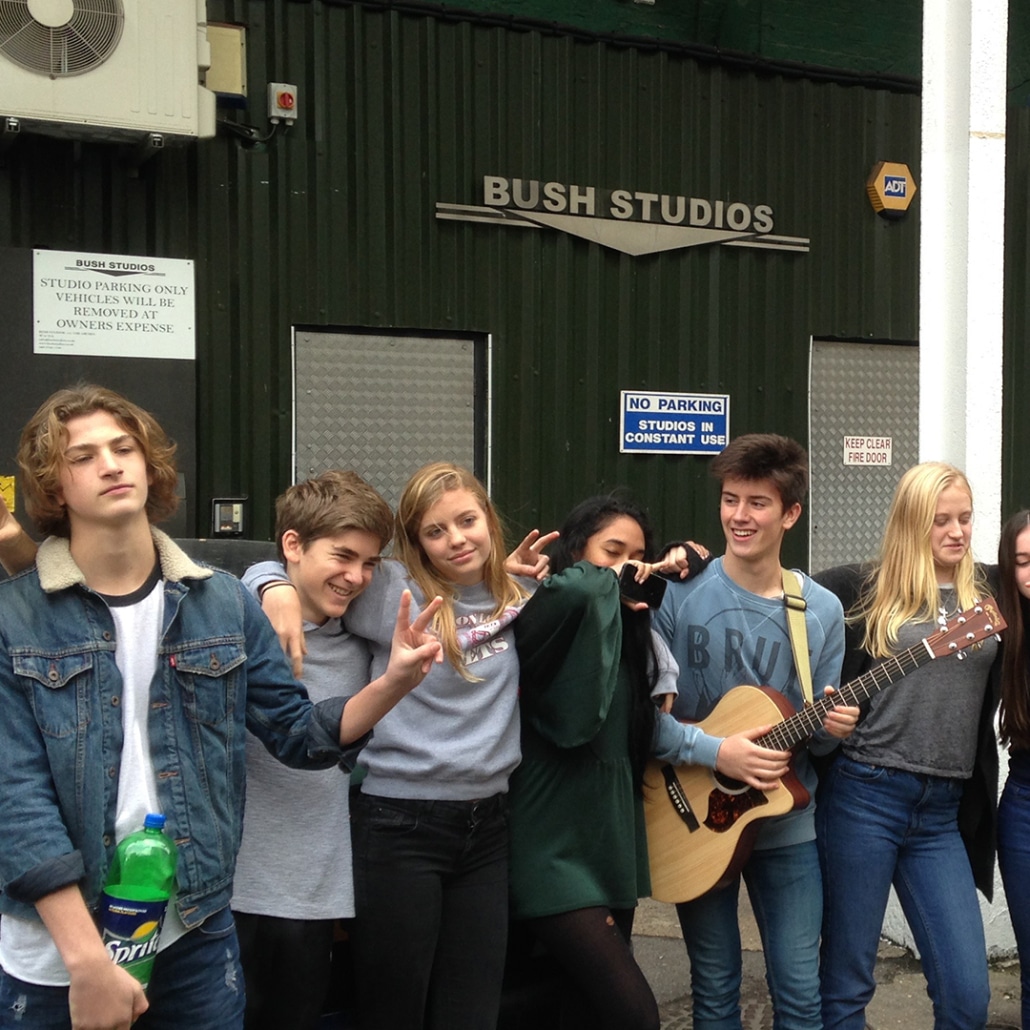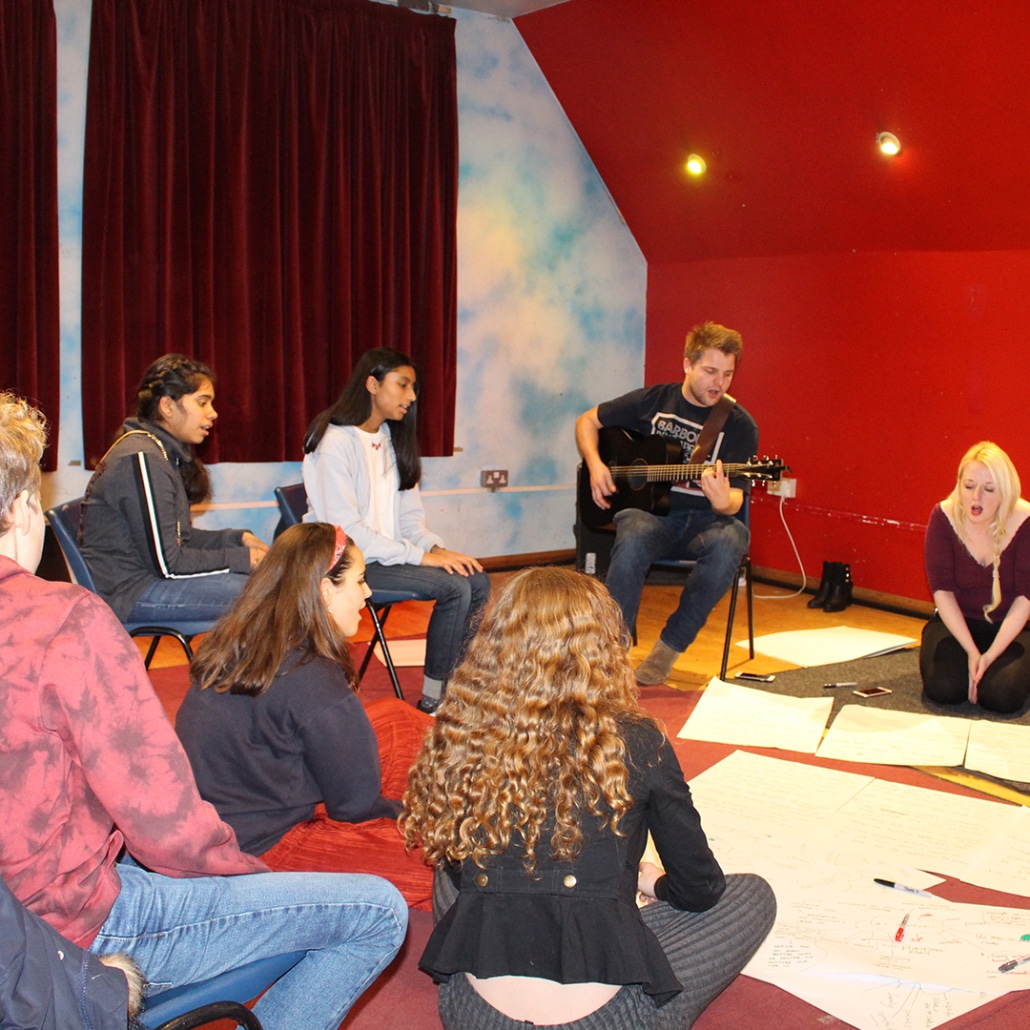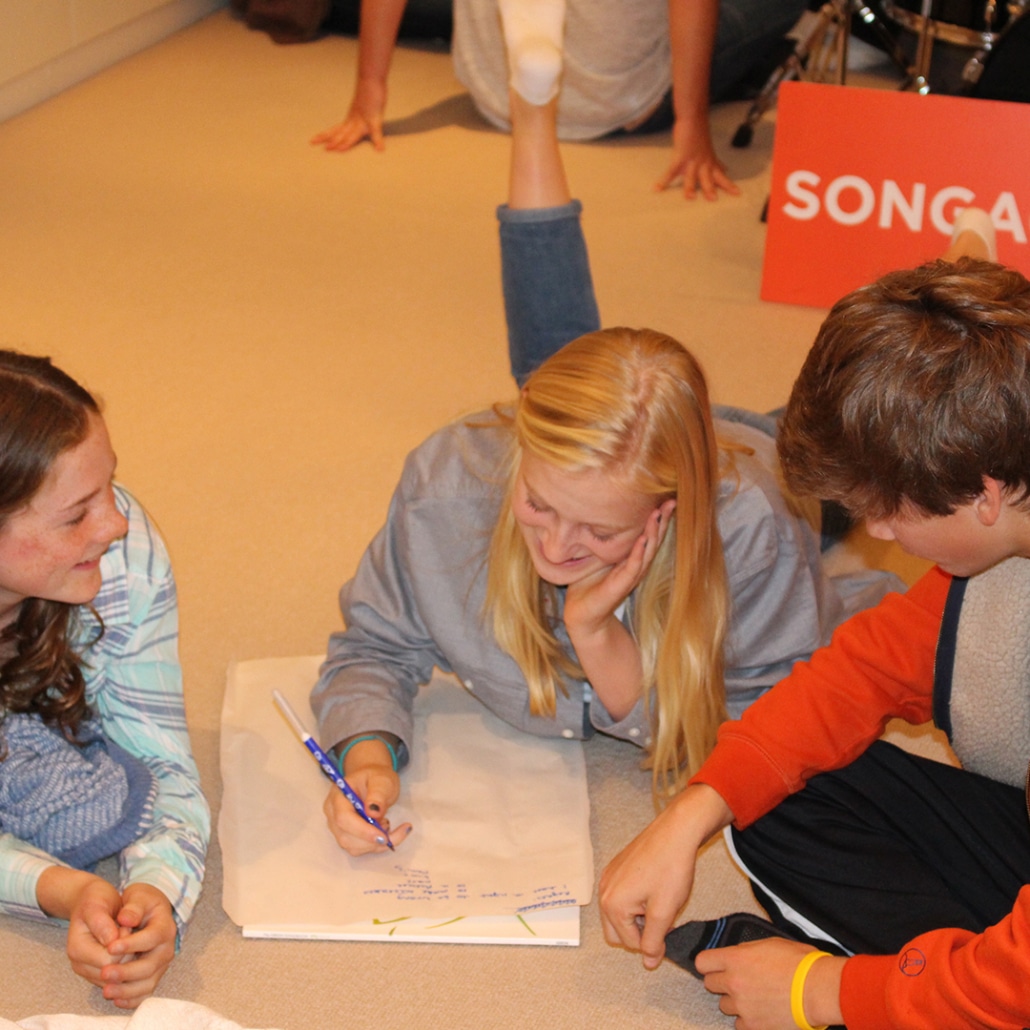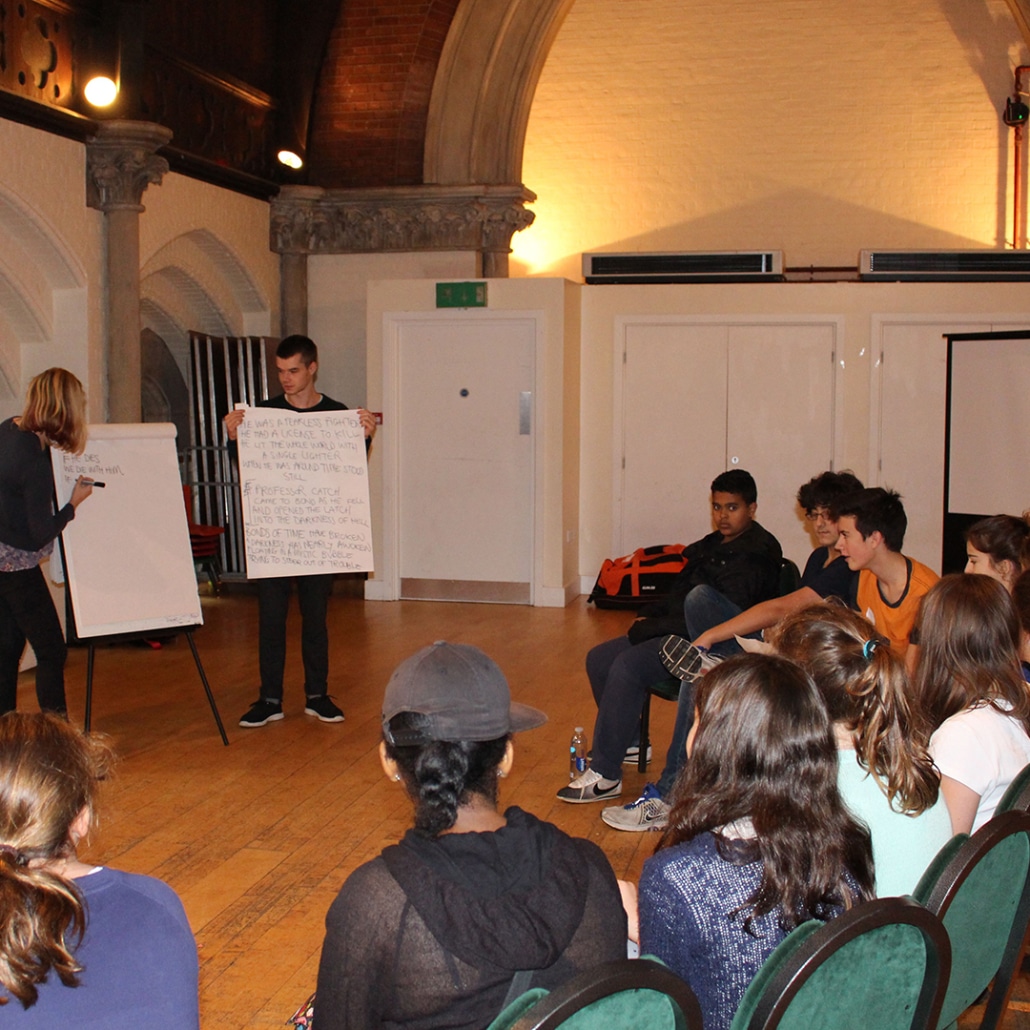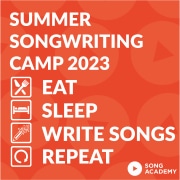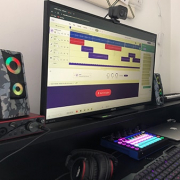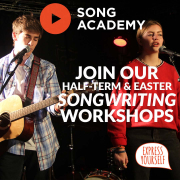What Is The Meaning of A&R in the Music Industry?
Ever wonder how superstars like Billie Eilish or Olivia Rodrigo went from making music in their bedrooms to topping charts worldwide? It didn’t just happen overnight (though TikTok might make it seem that way). Behind every rising star is a team of industry pros who spotted their talent and helped them shine.
Breaking into the music industry can feel like trying to find a needle in a haystack. There are so many artists out there—how do you stand out? How do you make sure the right people hear your music? It’s tough, but that’s where A&R comes in.
A&R are the people who discover raw talent, help artists develop their sound, and connect them with record labels. They’re the ones who can turn your late-night song ideas into chart-topping hits.
In this guide, we’re going to explore everything you need to know about A&R—what it is, why it’s so important, how it’s changing in 2025, and how you, as a young songwriter, can catch their eye.
A&R Meaning: Let’s Break It Down
First things first: A&R stands for “Artists and Repertoire.” But what does that actually mean? Think of A&R as the talent scouts of the music industry. They’re the ones on the lookout for the next big thing—you know, the Drake, Harry Styles, or Taylor Swift of tomorrow. But their job doesn’t stop at finding new talent. They also help artists grow, refine their sound, and connect them with all the right people to make their music reach the top of the charts.
Think of A&R as part talent scout, part creative advisor, and part matchmaker. They find the talent, help shape their sound, and connect them with the right producers, songwriters, and record labels. Essentially, they help turn potential into superstardom. Without A&R, a lot of your favourite artists might still just be uploading covers on YouTube – just as Justin Bieber was.
A Quick History Lesson (But Fun, We Promise!)
Back in the day, A&R was all about discovering acts in smoky clubs or getting cassette demos mailed to their desks. Fast forward to now, and things look a lot different. Social media, streaming platforms, and viral TikTok hits have completely changed the game (more on this later). These days, A&Rs don’t just hang out at concerts—they’re scrolling through TikTok, Spotify, and Instagram to spot talent that’s already catching attention online.
So, What Do A&Rs Actually Do All Day?
1. Scouting Talent
This is probably what A&Rs are best known for. They’re constantly on the hunt for the next big thing, whether that means scrolling through TikTok, checking out Spotify playlists, or hitting up local gigs.
Got a song that’s blowing up on Instagram or a killer voice that’s making waves on YouTube? There’s a good chance an A&R might stumble across it. They’re always listening, watching, and looking for that spark of originality that sets someone apart.
2. Developing Artists
Finding talent is just the start. A&Rs are there to help you evolve from “raw talent” to a polished artist who’s ready to take the stage. Think of them as creative coaches—they might help refine your lyrics, suggest collaborations, or even guide you on how to connect better with your audience.
3. Overseeing Projects
Once an artist is signed, the A&R doesn’t just disappear. They’re heavily involved in making things happen behind the scenes. This includes helping to pick producers, songwriters, and even deciding which songs make it onto an album. They might also help develop a marketing strategy or decide the order of singles to release. Basically, they’re like the project managers of the music world, ensuring everything stays on track.
4. Being the Middleman
A&Rs are the bridge between artists and record labels. They pitch artists to the label, negotiate deals, and ensure that the artist gets the support they need – that’s why you need your A&R to be on your side. They also connect artists with the right people—whether that’s a music video director, a PR team, or a tour manager.
How Do A&Rs Fit Into Record Labels?
A&Rs hold the creative and business sides of a record label together. Think of them as the connectors—they’re the ones ensuring that an artist’s vision aligns with the label’s goals.
At a record label, the A&R department is where it all begins. As we mentioned, these folks scout and develop artists, then pitch them to the label’s executives. If the execs give the green light, the A&R is responsible for helping the artist navigate the industry, from recording albums to planning their next big hit.
Major labels like Universal Music Group, Sony Music, and Warner Music Group have dedicated A&R departments filled with people searching for the next big thing. These teams are the gatekeepers of the industry, and getting on their radar can be the difference between getting a record deal or not.
So, how do A&Rs decide which artists to sign? It’s a mix of talent, marketability, and timing. A catchy song might grab their attention, but they’re also looking for artists who stand out—someone with a unique voice, style, or story. And let’s not forget the numbers: strong engagement on social media from a dedicated fanbase, streaming stats, or a viral TikTok moment can all make a huge difference.
What Does A&R Look Like in 2025?
In 2025, A&R has fully embraced the digital age, making the scouting and development process faster, smarter, and more global than ever.
1. Social Media Is the New Talent Show
If you’ve ever posted a cover on TikTok or uploaded a song to YouTube, congratulations—you’ve already put yourself in front of A&Rs. Platforms like TikTok, Instagram, and even Twitch have become the go-to places for discovering new talent.
Take Olivia Rodrigo, who blew up on social media after her songs connected with a massive audience, or Doja Cat, whose quirky videos and undeniable talent captured industry attention. A&Rs are constantly scrolling, looking for viral moments, unique styles, and genuine connections with fans.
2. Data-Driven Decisions
In 2025, it’s not just about talent—it’s about the numbers. A&Rs now rely on streaming metrics from platforms like Spotify and Apple Music, social media engagement stats, and even TikTok trends to decide who’s worth a closer look.
Viral moments can’t be ignored, as seen with artists like Lil Nas X, whose breakout hit “Old Town Road” gained traction on TikTok before dominating the charts. Numbers matter, but don’t worry—talent and originality still count, too!
3. Remote Artist Development
Thanks to technology, A&Rs can now work with artists from anywhere in the world. Zoom meetings, digital recording sessions, and online feedback are the norm. This shift means artists don’t have to move to L.A. or New York to catch a break.
Just look at Billie Eilish, who recorded her debut album with her brother Finneas in their childhood home. Now, artists from any corner of the globe can collaborate with top music businesses, producers, writers, and A&Rs without ever leaving their hometown.
How Can Young Songwriters Get Noticed by A&Rs?
Getting noticed by A&Rs might sound like a big task, but with the right mix of talent, strategy, and consistency, it’s totally achievable—even from your bedroom! Here’s how you can grab their attention and make your mark:
1. Write & Record Amazing Songs
First things first: your music has to shine. Whether it’s a catchy hook or lyrics that hit hard, A&Rs are looking for songs that stand out. Take your time crafting your sound and experimenting with different styles until you find what makes you unique.
2. Use Social Media Effectively
Social media is your stage, and platforms like TikTok, Instagram, and YouTube are where A&Rs are hanging out. Share snippets of your music, fun behind-the-scenes content, or challenges that tie into trends. Artists like JVKE and Lauren Spencer Smith blew up because they consistently posted relatable content paired with killer vocals.
3. Show Off Your Skills
Post regularly—covers, originals, live performances—anything that shows your range. A viral moment could happen at any time, so don’t hold back. Remember when Olivia Rodrigo posted early versions of her songs online? Those moments helped her connect with fans before she was a global superstar.
4. Collaborate and Network
Work with other musicians, producers, and creators. Collaboration exposes your music to new audiences and increases your chances of catching the eye of an A&R. Plus, you never know when someone you work with might recommend you to industry insiders.
5. Have a Professional Demo Ready
Make sure your demo highlights your unique sound and talent. A polished, well-produced track can make a huge difference when an A&R listens to your work. If you’re unsure about production, connect with local producers or online collaborators to get your demo sounding top-notch. Did you know that we can connect you to fantastic producers and offer 121 online production sessions for young songwriters to develop their own producing skills?
6. Stay Consistent
Keep creating, posting, and releasing music. A&Rs love to see dedication and growth. Even if one song doesn’t get noticed, the next one might! Remember, persistence is key.
7. Enter Competitions
Competitions like the Young Songwriter Competition are fantastic opportunities to showcase your talent. They not only give you exposure but can also help you connect with industry professionals who are on the lookout for fresh talent.
8. Join the Song Academy Monthly Mentoring programme – The Ad Lib. Club
Membership of The Ad Lib. Club is by successful application only. It’s a perfect opportunity to advance your knowledge of the dynamics of the music industry and engage with some of the leaders in the industry, as well as collaborate with your peers. Tailored to the needs of talented young songwriters it gives a much-needed springboard to get the best start.
Your Path to the Spotlight—Thanks to A&Rs!
A&Rs are like the behind-the-scenes superheroes of the music world. They’re the ones who discover raw talent, help artists find their sound, and turn them into household names. From scouting on social media to working with record labels, A&Rs are the key to getting your music out there and noticed.
And here’s the best part: you don’t need to know someone in the industry to get their attention. The most important thing is to keep creating, sharing, and building your presence. Whether it’s posting on TikTok, performing live, or entering competitions, every effort counts. Just stay consistent, stay true to your unique style, and trust that your hard work will pay off.
Keep making great music, and who knows? An A&R might just be watching you next!
